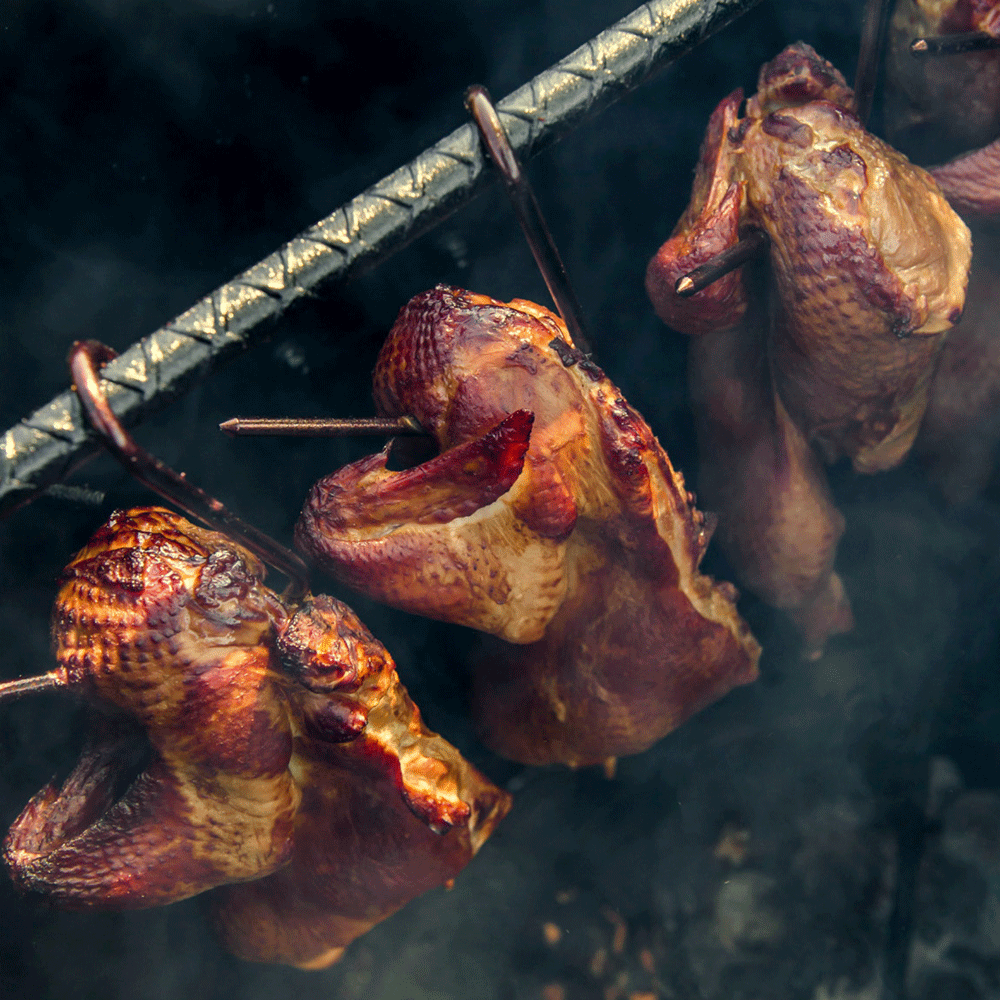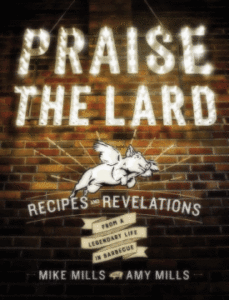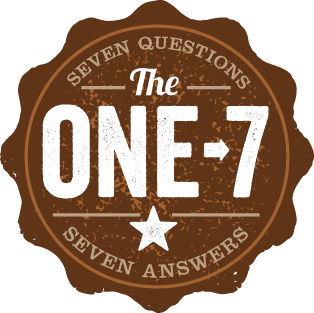
When it’s done right, smoked chicken is juicy and lusciously redolent of smoke, spice, and sauce, along with the flavor of the meat itself—all in equal measure. We lightly season the outside of the bird with garlic salt to draw moisture from the skin so the fat renders and the skin comes out deliciously crispy.
Half-birds are easier to position and move around than whole ones. Additional advantages of half-chickens over separated chicken parts include that you have fewer pieces to corral and less juice draining from the meat while it cooks, and you end up with larger expanses of crispy skin. Use apple, wild cherry, peach, or pecan woods for chicken; hard woods such as hickory or oak impart an overpoweringly strong flavor.
There is no end to the delicious uses for leftover smoky chicken—shredded, cubed, or sliced. Our favorite ways to repurpose include atop salads, baked potatoes, and nachos.
Bird on a Fire
Recipe makes 2 to 4 servings
-
1 whole chicken (3 to 3 1/2 pounds), very cold
-
Garlic salt
-
Magic Dust®
-
17ST Hog Warsh Barbecue Sauce, warm
-
3 to 5 pounds good-quality lump charcoal (we use Royal Oak)
-
1 small (8-inch) piece of apple wood or 2 store-bought chunks
-
String mop
Use poultry shears to cut along each side of the backbone to remove it; discard. Open up the bird, lay it skin side up on a cutting board, and press down firmly to flatten. Trim off and discard the hunk of excess fat at the tail end and cut through the breastbone to halve the chicken. Flip the halves over and straighten out the skin on each half. Twist each wing tip upward and over the rest of the wing and tuck it in so that the “elbow” of the wing sticks up in the air. (This is purely for aesthetics; if you leave the wing be, there will be a white spot where the smoke doesn’t hit the skin.)
Very lightly season the chicken with garlic salt and Magic Dust, coating so thinly that it’s barely visible. Set the chicken halves on a baking sheet, cover them with plastic wrap, and refrigerate until you’re ready to put them on the cooker.
Set up the cooker for indirect-heat smoking: Open the top and bottom vents. Pile 3 pounds of the charcoal in one half of the cooker, leaving the other half empty. Load a chimney no more than one-quarter full of charcoal and light it. When the coals are glowing, dump them on top of the pile of charcoal in the cooker. Set the wood on top of the coals, replace the grate, and put the chicken on, bone side down, over the side with no coals (the indirect cooking area). Close the lid.
Don’t open the cooker for 1 hour, but keep a close eye on the temperature; when it reaches 185°, which might happen very quickly, close the vents about halfway so that less air comes in to feed the fire and the heat in the cooker rises slowly. Let the temperature climb to between 250° and 275°. Maintain your target temperature for the duration of the cook.
Throughout the entirety of the cook, be on the lookout for fluctuations in cooker temperature. If it dips more than 5° below your target and opening the vents isn’t sufficient to bring it back up, you will need to add a few coals. If at any point the temperature climbs above your target by more than 5°, close the top and bottom vents further so that even less air comes in to feed the fire.
After an hour, open the lid and check the edges of the chicken closest to the fire. If they look like they’re beginning to brown, rotate the chicken, moving the half farther away from the fire and placing it closer, and vice versa.
Close the lid and continue smoking the chicken for another hour, checking the color and the edges every 20 minutes. Never flip the pieces over; instead, continue rotating them to cook evenly.
Prepare another round of charcoal in the chimney, filling it halfway and lighting it, so you’ll have additional hot coals if you need them. This cook should not require more charcoal than the initial amount, but we always keep some coals at the ready just in case more are needed to maintain target cooker temperature.
After 2 hours, use an instant-read thermometer to check for doneness: Insert the probe into the thickest part of the thigh; if the probe slides in easily, the meat is nearly done. The temperature will read between 165° and 170°.
When the temperature reaches 170°, mop the chicken with a thin coat of Hog Warsh (it will ball up a bit—don’t worry), then close the lid for just a minute to let it dry a bit. Mop with a second thin coat and give a final sprinkle of Magic Dust. Pull the chicken halves off the cooker and set them on a cutting board to rest, uncovered, for about 10 minutes before serving.
© Mike Mills and Amy Mills, published in Praise the Lard, Houghton Mifflin Harcourt
 For more recipes and revelations in barbecue culture pick up a copy of our book Praise the Lard
For more recipes and revelations in barbecue culture pick up a copy of our book Praise the Lard









